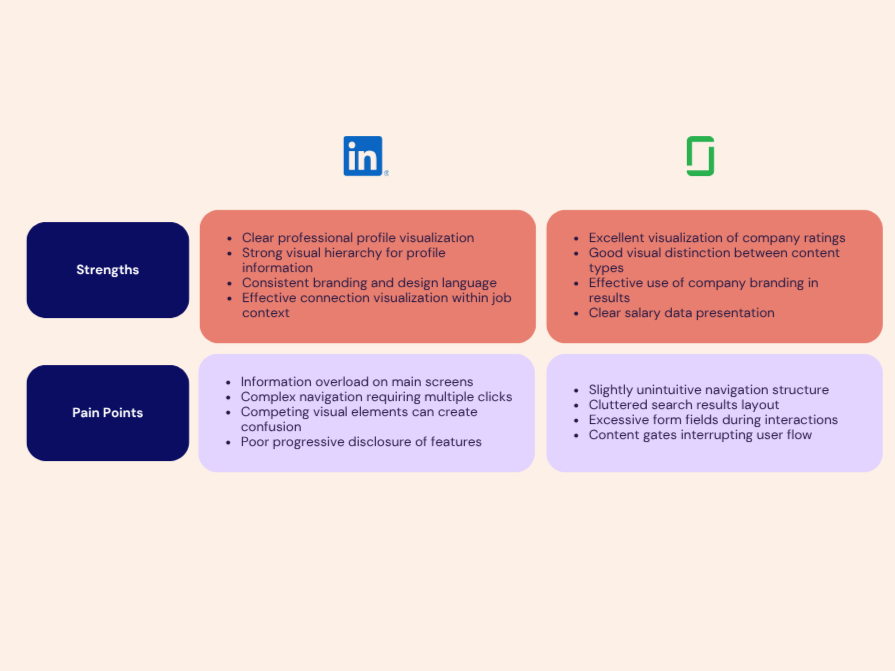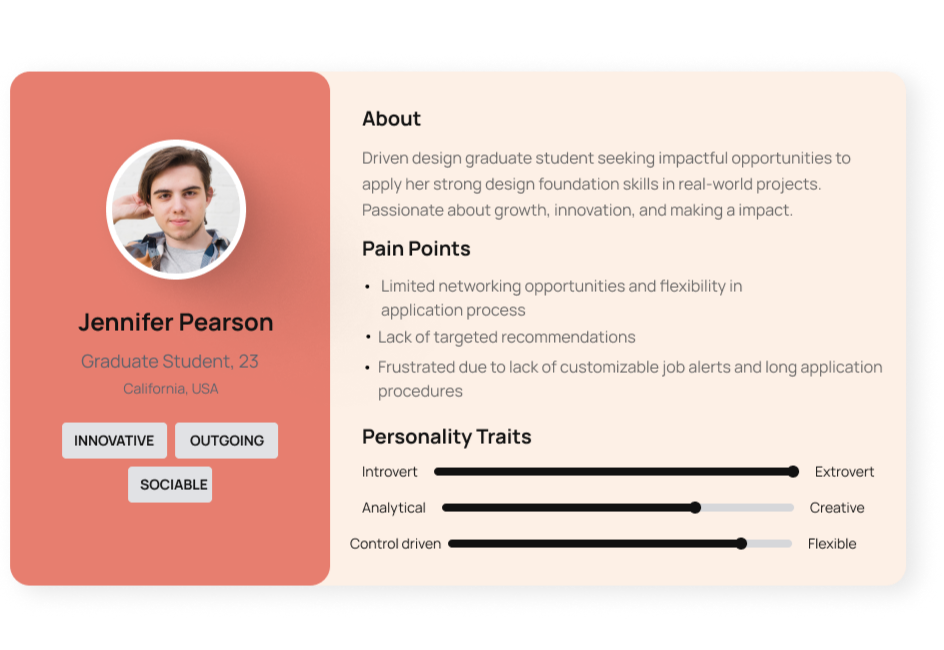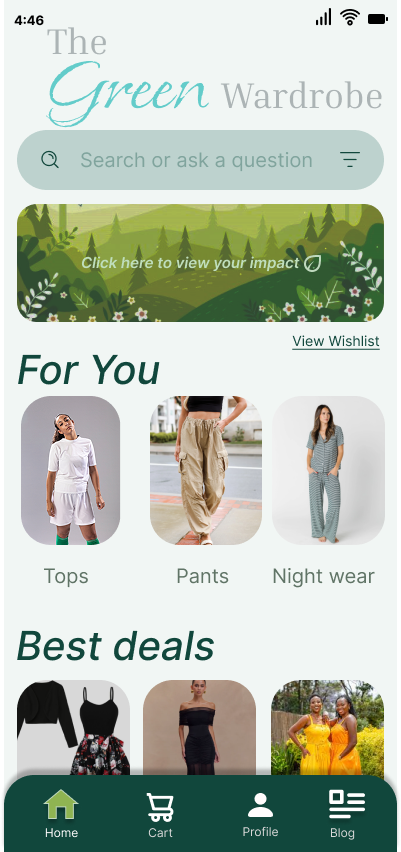-
UX Researcher, part of a team of 3
-
Aug 2024 – Apr 2025 (9 months)
-
User interviews, surveys, usability testing, competitive analysis using Figma, FigJam, Miro, and UserTesting.
Portfolio
Sustainable Fashion Rental App
Overview
The demand for sustainable fashion is rising, yet many consumers struggle to access eco-friendly clothing due to high costs, limited availability, and uncertainty around brand authenticity. Our goal was to design a new, end-to-end sustainable fashion rental platform that makes ethical clothing more accessible, affordable, and trustworthy without compromising style or quality. The solution focused on creating a seamless experience across key touchpoints—discovery, brand credibility, browsing, renting, care instructions, and returns—to empower conscious shoppers with confidence while promoting a circular fashion ecosystem.
Role and Team
I served as the UX Designer for this impactful capstone project, and I’m grateful to have collaborated with two amazing teammates, Akshara and Vaidehi.
Our project revolved around creating a sustainable fashion rental service, highlighting brands that prioritize eco-friendly, ethically-produced clothing. Over several months, we explored how mindful consumers could rent stylish, high-quality outfits at accessible prices supporting both sustainability and budget-friendly choices.
From understanding user motivations and pain points to designing a smooth, trust-driven rental experience, we worked to ensure the solution aligned with modern sustainability values while remaining practical, scalable, and user-focused.
Key Challenges
The Indeed redesign needed to streamline a feature-rich experience while maintaining user trust and reliability. The platform serves multiple user modes (browsing, active searching, research). A key challenge was balancing the density of rich information (salary, reviews) with the simplicity of the core application funnel, ensuring all resources felt integrated and instantly accessible without overwhelming the user's primary goal of securing a job.
Discovery Phase
The project began with an evaluation of the existing system due to Indeed's widespread use and significant impact on job seekers. The initial research involved a within-team usability evaluation to identify friction points and a comprehensive analysis of user reviews on the Google Play Store to uncover recurring pain points and usability issues with the Indeed mobile application.
"The current navigation is overwhelming, making it difficult to find relevant opportunities and access features like salary data. I spend too much time trying to figure out the filters, and the information I need is often buried." (Synthesis of pain points from User Reviews and Task Analysis findings)
User Reviews
Competitor Analysis
System Analysis
To gain a clearer understanding of user needs and difficulties, I carried out a detailed evaluation of Indeed app reviews on the Google Play Store, uncovering recurring usability problems and pain points within the mobile experience.
Task Analysis
Our team performed a systematic breakdown of the application's core functions. We meticulously examined each key interaction step to fully understand the user's journey. This process allowed us to precisely identify potential friction points and workflow inefficiencies within the app. We also used think aloud testing.
Browse Jobs
Core Problem: Frustrating Search
Pain Point: Inconsistent Layouts
Task Selection
Job Results
Core Problem: Slow Assessment
Pain Point: Cluttered View
Navigation
Core Problem: Disrupted User Flow
Pain Point: Extra Clicks








